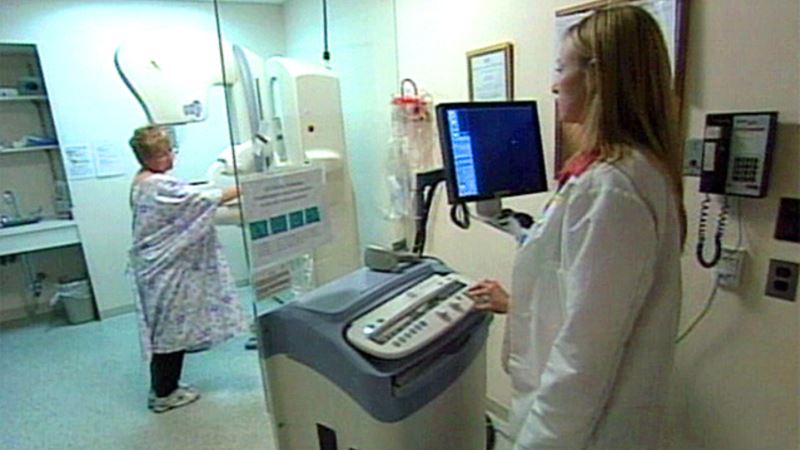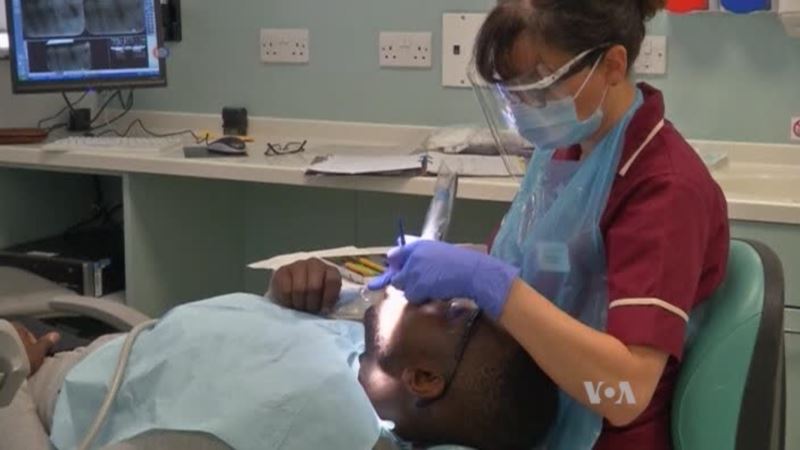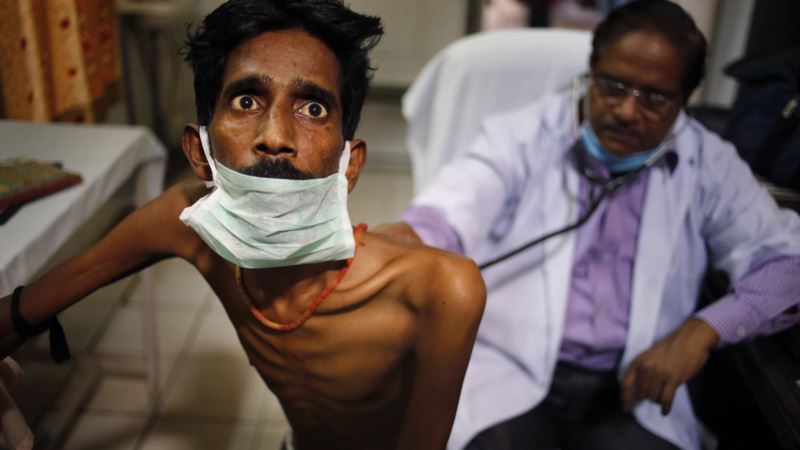A new study says that one in three women diagnosed with breast cancer detected by a mammogram are treated unnecessarily, continuing a debate over the issue of mammograms. The Danish study published Monday in the Annals of Internal Medicine said the screenings lead to so-called false positives in as many as a third of women, who have tumors so slow-growing they're essentially harmless. It also said the regular mammograms did not catch more advanced cancers. The chief medical officer of the American Cancer Society, Dr. Otis Brawley, said in an editorial accompanying the study that the findings show that some cancer screenings can lead to radiation, chemotherapy and surgery that is not necessary. He said early detection and treating all cancers equally leads to many lives being saved. "But we're also 'curing' some women who don't need to be cured," he said. Medical groups currently offer differing advice on mammograms. The American Cancer Society recommends women get annual mammograms from age 45 to 54 followed by screenings every other year after that, while the American College of Radiology recommends annual mammograms beginning at age 40. The U.S. Preventive Services Task Force ignited much of the recent debate when it recommended in 2009 that women wait until age 50 to get mammograms and do so only every other year. Proponents of early and regular mammogram screening say that treating breast tumors early makes for easier treatment and can save lives. Those that argue for a more cautious approach say unnecessary radiation can harm women and even cause new cancers. Brawley said the problem is that doctors can't definitively tell which breast tumors need treatment and which can be safely left without treatment. He argued that better tests are needed to differentiate between tumors and harmless growths. The study was based on Danish medical records and compared the number of early-stage and advanced breast tumors before and after the country started offering mammograms.
New Study Says Mammograms Lead to Unnecessary Treatment for Some






